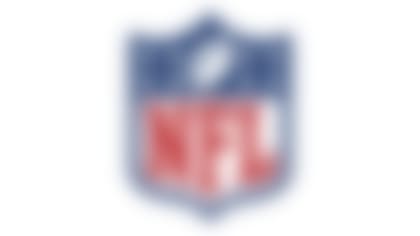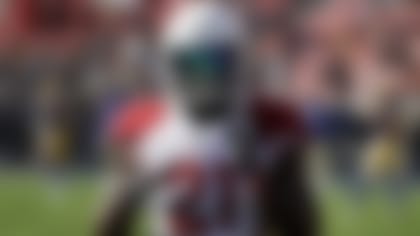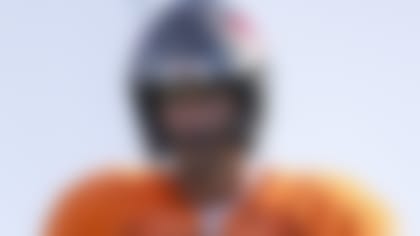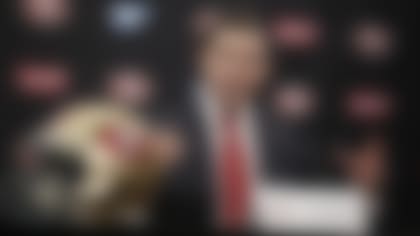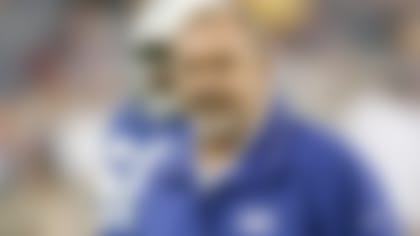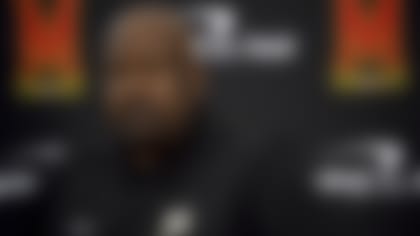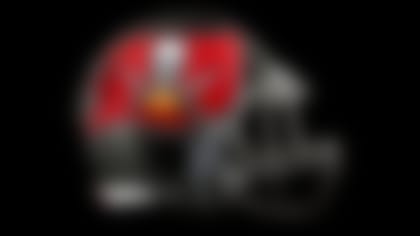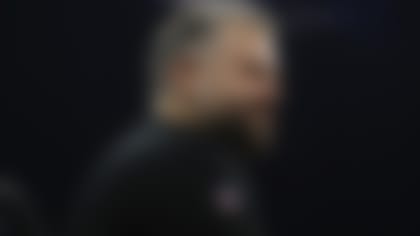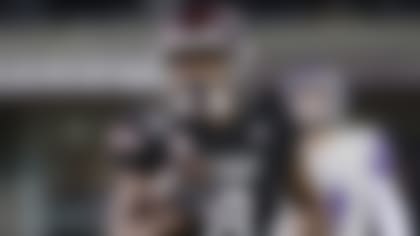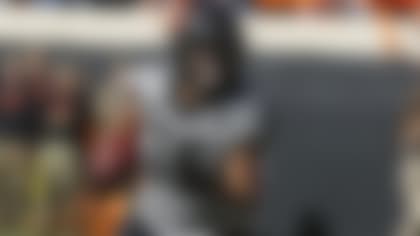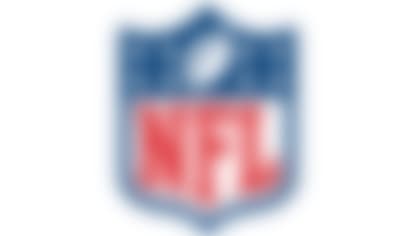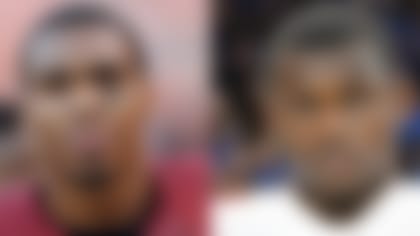The Atlanta Falcons don't want anything to do with the warm and cuddly story of how the New Orleans Saints lifted their city's spirits after Hurricane Katrina.
The blocked punt that etched Steve Gleason into Saints lore and became symbolic of New Orleans' resilience in the face of disaster is now immortalized in a nine-foot statue outside the Superdome after a formal unveiling on a rain-soaked Friday afternoon.
And according to the Times-Picayune, which cites multiple sources, the Falcons refused to grant the Saints and sculptor Brian Hanlon permission to use the Falcons' symbol or the punter's name in the sculpture, titled "Rebirth."
Gleason famously blocked the ball off of the foot of then-Atlanta punter Michael Koenen and into the end zone for a Saints touchdown on Sept. 25, 2006, the night the rebuilt Superdome and the city of New Orleans hosted an NFL game for the first time since Hurricane Katrina. The Saints beat the Falcons, 23-3.
The sculpture depicts Gleason fully outstretched in a dive, his hands smothering the ball as it leaves Koenen's foot. Only Gleason's name and team are visible.
"That statue is not about football," Gleason said Friday, straining to speak because of the effects of ALS. "It's a symbol of the commitment and perseverance that this community took on before that game.
When Koenen heard about Friday's event, he tweeted: "Awesome day for an inspirational man ... God bless you in your fight partner!! Half of me likes your statue (smiling face emoticon)."
In early 2011, Gleason, a former Washington State defensive back who retired from the NFL in 2008, was diagnosed with ALS (amyotrophic lateral sclerosis), also known as Lou Gehrig's disease.
The Associated Press contributed to this story.
